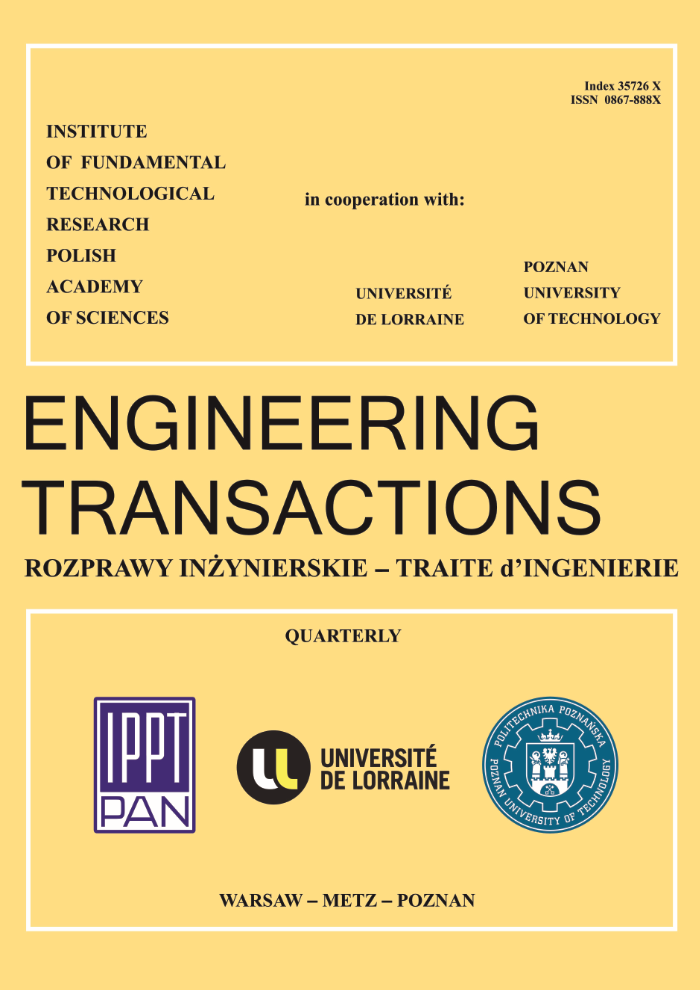Abstract
An effective and robust soft recovery system for supersonic projectiles is required for the test of intelligent projectiles in development phase. The survivability of the projectiles after initial impact onto the target is the most important requirement of them. A soft recovery system, consisting of multiple equally spaced metal plates, was designed and fabricated. Nu- merical simulations were performed to estimate the deceleration of the projectile after piercing through a thin steel plate with various speeds. Next, the thickness distribution of the plate for uniform deceleration could be designed. An aluminum foil sensor system was used to measure the arrival time of the projectile onto each plate and multi-channel time recording system for this test was developed. Field tests were done using a rifled barrel gun and a smooth bore gun. Deceleration data were acquired successfully. The trajectories of the projectile after the impact tended to veer off from the initial firing line with an increasing yaw angle. Deceleration increased with the increase of the yaw angle. Field data were used to design a final recovery system to retrieve the projectile with a minimum deceleration and damage.Keywords:
soft recovery, projectile, impact, simulationReferences
1. Goldsmith W., Review Non-ideal projectile impact on targets, International Journal of Impact Engineering, 22, 95–395, 1999.
2. Yoo Y.H., Chang S.N., Chung D.T., Numerical Simulation of High-Velocity Oblique Impact of Mild Steel Spheres Against Mild Steel Plates, Journal of KSME, 26, 3, 576–585, 2002.
3. Park M.S., Yoo J.H., Chung D.-T., An Optimization of a Multi-Layered Plate under Ballistic Impact, International Journal of Solids and Structures, 27, 1, 123–137, 2005.
4. Johnson G.R., Cook W.H., ‘Lagrangian EPIC code computations for oblique, yawed-rod impacts into thin-plate and spaced-plate targets at various velocities, International Journal of Impact Engineering, 14, 373–383, 1993.
5. Meyers M.A., Dynamics behavior of materials, John Wiley & Sons, Inc., New York, 1994.
2. Yoo Y.H., Chang S.N., Chung D.T., Numerical Simulation of High-Velocity Oblique Impact of Mild Steel Spheres Against Mild Steel Plates, Journal of KSME, 26, 3, 576–585, 2002.
3. Park M.S., Yoo J.H., Chung D.-T., An Optimization of a Multi-Layered Plate under Ballistic Impact, International Journal of Solids and Structures, 27, 1, 123–137, 2005.
4. Johnson G.R., Cook W.H., ‘Lagrangian EPIC code computations for oblique, yawed-rod impacts into thin-plate and spaced-plate targets at various velocities, International Journal of Impact Engineering, 14, 373–383, 1993.
5. Meyers M.A., Dynamics behavior of materials, John Wiley & Sons, Inc., New York, 1994.






